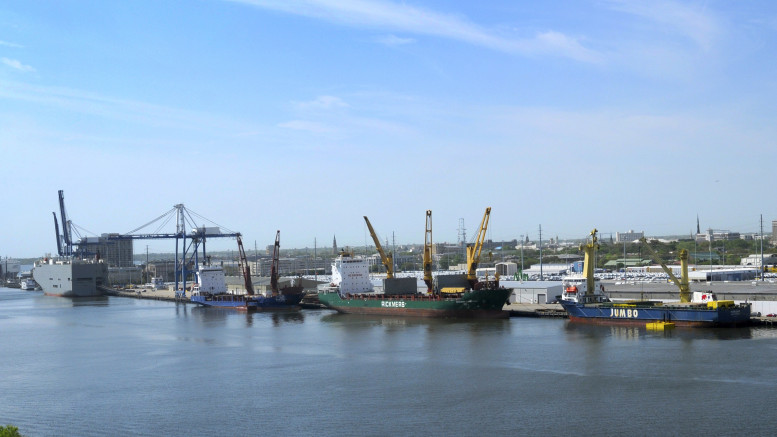The text of the Trans-Pacific Partnership (TPP) was released in November 2015 and includes over 6,000 pages, plus side agreements. It has ramifications for numerous industries, from cybersecurity to pharmaceuticals.
If the TPP is adopted by all 12 member countries – Australia, Brunei, Canada, Chile, Japan, Malaysia, New Zealand, Peru, Singapore, the United States, and Vietnam – it will affect intellectual property enforcement, labor practices, environmental regulations, tariffs, living standards, and much more.
Some highlights of the TPP include: elimination or reduction of tariffs and non-tariff barriers, distributors, and vertical integrators; facilitation of development production and supply chains by promoting trade efficiency, raising living standards, enhancing conservation efforts, and facilitating cross-border integration; elimination of tariffs on textiles and apparel with most tariffs eliminated immediately; promotion of a free flow of the global information and data that drive the digital economy; and promotion to provide strong enforcement systems for intellectual property rights, including, for example, civil procedures, provisional measures, border measures, and criminal procedures and penalties for commercial-scale trademark counterfeiting and copyright or related rights piracy.
Under its current implementation strategies, 40 percent of the world’s economy is anticipated to “function more smoothly”. Nearly 18,000 taxes and tariffs will be eliminated or reduced on products from technology to life sciences and manufacturing.
For example, only 35 percent to 45 percent of a component must be manufactured in a member country under the TPP to be duty free, down from 60 percent under NAFTA.
One area where the TPP has been criticized is with intellectual property protection. TPP requires each treaty nation to expend significant effort to stop counterfeits which directly affects life sciences, manufacturing, and energy.
Further, patent applications are structured to proceed in multiple jurisdictions simultaneously which should reduce costs, shorten the time from filing to issuance, and remove some uncertainty in enforcement.
In preparation for the adoption of the TPP, manufacturers should prepare by understanding at least the following: which tariffs are affected and whether they apply to your goods or services (both those imposed on you by foreign markets and on your competitors); what intellectual property protection is being changed and determine if an international strategy for IP protection should be modified or adopted for your business (for example, source code for software integrated into your goods may have to be released, e.g., the computer controller of automobiles); which internet providers may be required to collect data on customers and release it to regulatory bodies in the “copyright infringement” space (e.g., illegal downloads of video, images, and audio); which corporations may be able to sue member states for interfering with trade (e.g., Canada has been sued for interfering with fracking of an American company under NAFTA); and whether you will be affected when geographic trademarks become more select (e.g., Black Forest Ham can only come from Russia).
The agreements is currently under a 90-day Congressional review period, and inevitably there will be good and bad terms and applications of the TPP. Additionally, some terms beneficial to the United States have amazingly long lives, so the TPP impact will be much farther in the future.
For example, it includes a 25 year phase-out period for the current 2.5 percent auto import tariff and a 30 year phase-out for the 25 percent light truck import tariff.
For now, watch and listen for the implementation and legislative terms that will affect your supply chain and international markets.
Certainly supply chains will reshuffle and competition will drive behavior. The competition can be seen in the Vietnamese poultry industry’s litigation against the United States for US chicken products being sold below costs even before the TPP is ratified.
Recently, Vietnamese steel companies have been sued by American steel companies for selling circular welded carbon-quality steel pipes in the American market at too low of a price. Expect this behavior to increase as Vietnamese companies, and other TPP members, find their place in the global supply chain.
Further, expect reactions from non-TPP countries as they attempt to counter the negative consequences to their imports and exports as TPP increases trade among its members.
The standards finalized through the TPP will certainly influence ongoing negotiations between the U.S. and Europe regarding the Trans-Atlantic Trade and Investment Partnership as well as market-opening attempts with additional countries currently without free trade agreements. The full text of the TPP is available on the United States Trade Representative’s website.
 About the author:
About the author:
Doug Kim is a Shareholder with McNair Law Firm, P.A. A physics major and former computer engineer, he is a member of the firm’s intellectual property group. He is also current Chairman of the InnoVision Awards.


Be the first to comment on "A Closer Look At The Trans-Pacific Partnership"